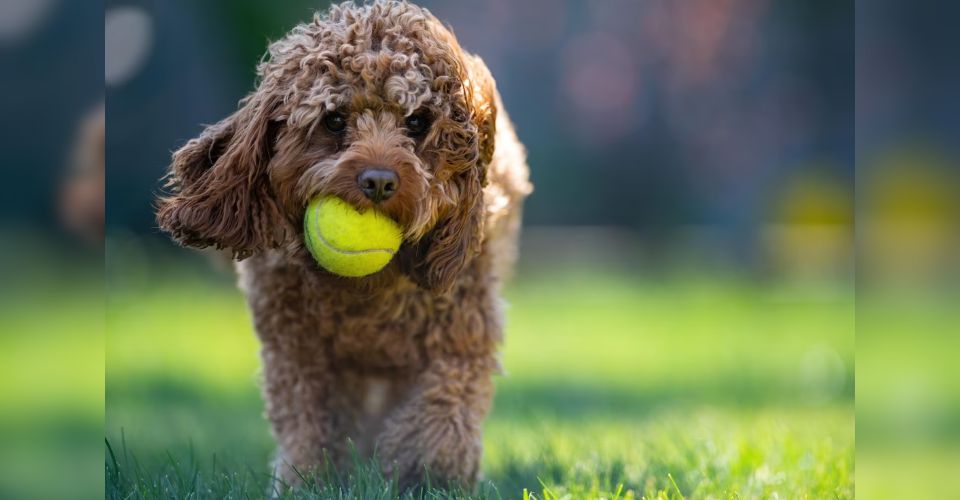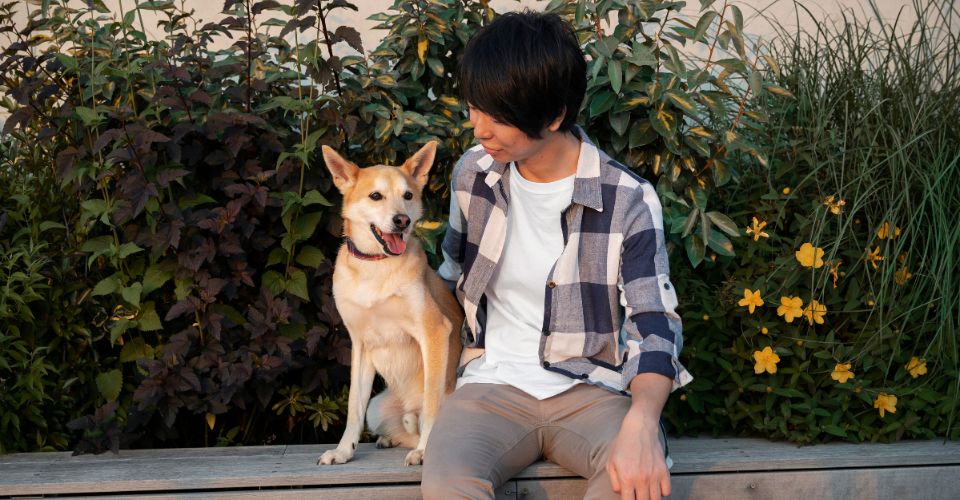Dogs are the most popular pets globally. In 2018, around 470 million dogs were adopted as pets. Among hundreds of dog breeds, Golden Retrievers, commonly known as house dogs, are one of the most popular dogs loved throughout the world. If you are a passionate dog lover and are planning to adopt a Golden Retriever, there are certain facts you must know beforehand.
Every dog is unique and has different requirements and limitations in terms of its growth—and so does a Golden Retriever. Among many factors, such as, when do Golden Retrievers stop growing? Well, the answer is simple—16 months.
Stages of the Growth of Golden Retriever
The growth of Golden Retriever can be categorized into four stages.
- Newborn Stage
- Socialization Stage
- Adolescent Stage
- Adulthood
Newborn Stage
This stage starts with the birth of the puppy and continues till three weeks. The Golden Retriever puppies are fragile like human babies. Therefore, they need proper care and warmth from the mother. At this stage, most Golden Retriever puppies weigh less than five pounds.
Socialization Stage
The next stage in the growth of the Golden Retriever begins from three weeks and continues till 12 weeks. During this stage, the puppies learn to socialize with humans and other animals. The Golden Retriever puppies would weigh around 17 pounds during this stage.
Adolescent Stage
The adolescent stage lasts up to six months. Around this stage, the growth of the Golden Retriever starts to slow down. The average weight of the dog during this stage is 44 pounds for females and 52 pounds for males
Adulthood
This stage is reached around 16 months where the Golden Retrievers stop growing. They have not only reached their full size, but they will also exhibit mating behaviors. As per the American Kennel Club, the female Golden Retriever weigh around 55-65 pounds with a height of 21.5 – 22.5 inches. Whereas the male Golden Retriever would weigh around 65 – 75 pounds with a height of 23 – 24 inches.
Factors Affecting the Growth of Golden Retriever
At 16 weeks, most Golden Retrievers reach their adulthood and obtain the average weight and height and won’t grow any further. However, certain factors can influence the growth of the Golden Retriever.
Nutrition
Like humans, Golden Retrievers need proper nutrition for their growth. A balanced diet is necessary for healthy growth, whereas malnutrition will lead to health issues. Good nutrition not only helps in growth but also improves the immune system, strengthens the bones and cardiovascular system.
Therefore, it is essential to keep a check on the diet of your Golden Retriever to help him achieve his full growth.
Health Complications
Certain health complications are associated with Golden Retrievers. If they have any health issues, it may affect their growth. The most common disease, Golden Retrievers might have, is roundworms—it affects their bones and growth.
Overburdening or overweighting the dogs during their early stages of growth can lead to serious health complications like osteochondritis dissecans. It affects their joints, which drastically influences the growth process.
It is highly advised that you take your Golden Retriever for regular vet checkups and keep a check on his diet.
Neutering
According to Georgia Lewis, neutering at the early stages can help in the growth of the dog. Early neutering inhabits hormones that help in the formation of long bones. Therefore neutering may help in the growth of Golden Retriever. However, it may result in serious health complications like cancer.
Read: When to Spay a Dog?
Exercise
The environment where puppies are brought up plays a significant role in their health and growth. Exercise is one of the many activities that people engage in with their dogs. According to Georgia Lewis, puppies’ bones are not strong enough, so the owners must be careful while exercising their pets. Their epiphyseal plates are cartilaginous, and they cannot bear much stress.
Conclusion
Whether you own a Golden Retriever or are planning to adopt one, it is important to learn about the breed. The growth process of dogs varies from breed to breed, and one should be aware of the requirements to ensure the pets’ healthy growth.
As humans need proper care and diet for their optimum growth, so does a Golden Retriever. Even though their growth stops after 16 months, dog owners can simply ensure safe and healthy growth by looking at the factors mentioned above and, most importantly, consult with a vet.





